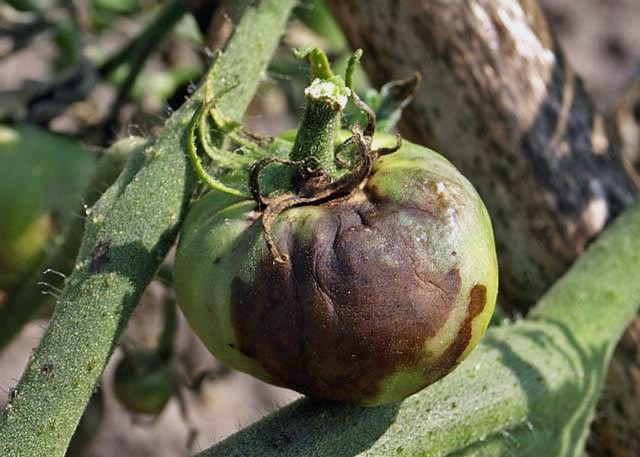The main task of any gardener is considered to grow and harvest a good harvest. And no matter how hard you try, many obstacles can arise in the form of various diseases of cultivated plants. Phytophthora and late blight is no exception.
Table of contents
What is phytophthora?
Late blight is a plant disease that is triggered by the phytortor fungus. Literally, "phytophthora" is translated as "destroying plants."From the very name it becomes clear that the fungus completely destroys the plant organism into which it falls. Although solanaceae are most often affected by late blight, no mercy should be expected from strawberries, castorbush and buckwheat. In the garden, potatoes and tomatoes are the worst.
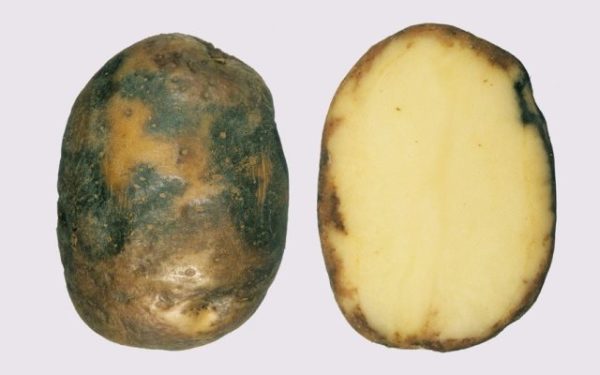
Where can a disease appear?
Phytophthora affects all parts of the plant, without exception. This leaves and stem, and even the fruits themselves. The fungus is particularly active with increasing air humidity, abundant dew, frequent fogs, significant temperature changes, when the heat is unbearable in the daytime and cool during the night. Particular attention is paid to too dense planting of solanaceous crops on one plot of land.
Practice shows that plants are most often affected by this disease at the end of July or at the beginning of August.
Phytophthora can appear both in open ground and in greenhouse conditions.
How to cultivate the land from the disease in the spring?
There are many ways to combat late blight in the spring. The first is the selection of varieties, which is the careful selection of cultivated plants on the land. It is recommended to give preference to early ripening varieties that finally mature and the crop is harvested even before the outbreak of blight. Although it is possible to plant only those plants that are particularly resistant to the phytophthora.
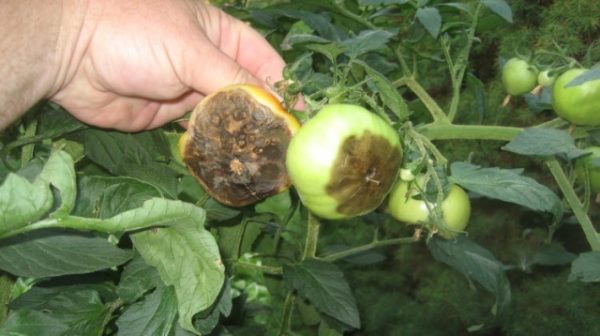
In the spring, you can also use specialized chemicals and traditional methods of rescue from late blight. But these questions deserve special attention, and we will consider them in more detail later in the article.
Use of chemicals
It is recommended to use chemical preparations until the phytophtora has gained full activity. In this case, it is recommended that foliar spraying of solanaceous crops with specialized chemicals be carried out. They can be purchased at any store of the agricultural sector, where they distribute poisons and chemicals.
It is recommended to carry out the treatment of plants by spraying only in dry and calm weather. And these areas should then not touch for one week. After a fortnight, spraying should be repeated to combat the blight. But this should happen no less than 20 days of harvest. Still, these are chemical toxic substances and they can harm the human body.
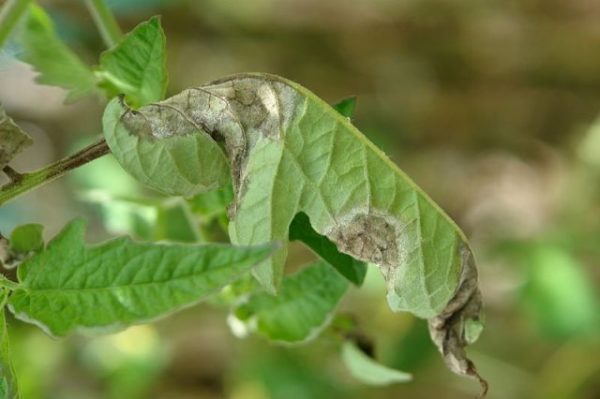
Folk methods
There are many popular ways of dealing with late blight. They are recommended to apply first. Since such methods are considered benign and not as drastic as chemicals.Consider the main ones later in the article.
Saline spraying
The method is good as a prevention of phytororosis. To prepare the solution will need one cup of salt and 10 liters of water. Spraying should be done in the morning or evening, hot and sunny weather is not suitable.
If the fungus has already appeared on the bushes of a cultivated plant, it is necessary to remove the infected leaves, and only then process the potatoes or tomatoes. Such a spraying will allow you to create a thin film on the leaves that prevents spores from entering the plant.
Spraying ash solution
To create the ash solution, it is necessary to mix water and ash in a ratio of two to one. Most often, take 10 liters of water and half a bucket of ash. The composition must be insisted for three days, periodically mixing everything. Then 30 g of household soap is added and water is poured until the mixture turned out in a total volume of 30 liters.
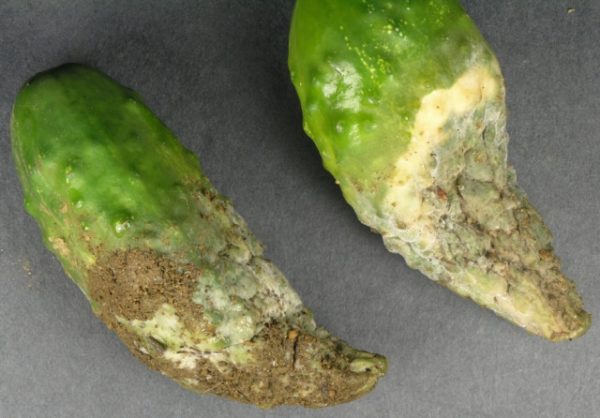
This kind of ash treatment is carried out three times per season:
- when the seedlings just started;
- when the first flowering appeared;
- when the first ovaries became visible.
Milk spraying
To prepare the solution, it is recommended to use 1 liter of low-fat milk and 20 drops of iodine per one bucket of water. Due to the antibacterial properties of iodine, the solution will allow destroying the fungus, preventing it from spreading further.
Copper piercing
As soon as the stalk of a cultivated plant becomes strong, it is recommended to drive a previously cleaned piece of copper wire into it. At the same time its tips do not need to be wrapped around the stem, but simply directed down, slightly bent.
Copper perforation will significantly increase the resistance of plants to various diseases, including late blight.
Temperature treatment
Heat treatment of ripped green tomatoes will significantly reduce the loss of tomatoes during blight. And they are recommended to warm up before ripening at a temperature of 60 degrees Celsius for about two minutes. The method can be processed and greenhouses made of polycarbonate.
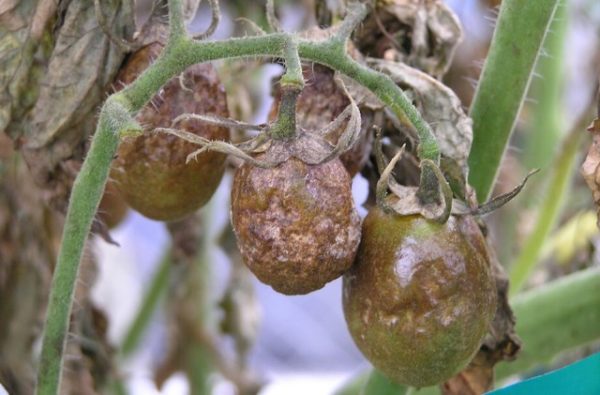
Autumn tillage
In principle, the spring and autumn planting and cultivation of land with late blight is not much different.But if you still draw the line, then in the autumn everything is done cardinally. The land is plowed, the weeds are not only pulled out, but also burned. All in order to phytophthora disappeared forever. And did not get further into the ground for wintering. A prerequisite for preventive measures is also considered autumn soil fertilizer. In a land rich in trace elements, diseases occur less frequently.
Fighting late blight is not as easy as it may seem. And although there are many means and methods of this kind of fungus, it is necessary to get rid of it in several visits, alternating means of phytophthora. Although best to do prevention Solanaceous crops in the garden. This will not only save your harvest, but it will not take as long as the treatment of late blight.
